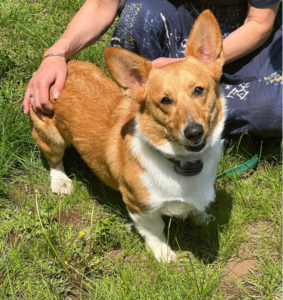Happy Groundhog Day!
It’s that magical time of year again! Dry January is finished (whether you did or not), gym front desk workers can finally complete an entire episode of The Office between towel requests, and “meaning to begin that new juice cleanse” is a vague and distant memory. Almost as distant as that Halloween candy you forgot you still have in your sock drawer–it tastes better off season anyway. It’s February in the northeast. We’re officially back to reality.
While the month that promises immense change and improvement is over, fear not! Contrary to the popular belief of marketing departments across the US, you can actually instill progressive change in your life at ANY time. So why not choose now? We are on the precipice of arguably the greatest holiday of the year–Groundhog Day. I know this is a bold claim, but I am here to back it up.
Why is Groundhog Day, handsdown, the greatest holiday of them all? Besides the fact that our entire nation looks to a tiny rodent for the prediction of our collective future, because of Bill Murray, this holiday also reminds us just how much we despise monotony. Repetitive daily routines are a drag for everyone. Especially when they include asking your neighbors if you can run through their yard again, screaming for Coco, who has run away for the fifth time this week. There are only so many times one can make this request. So if January flew by faster than you can say Punxsutawney Phil, use February as your new month of betterment. Improve not only your life, but your pet’s life as well, and install a Dogwatch of Litchfield County hidden fence. We are all sick and tired of hearing “I Got You Babe,” as your partner dashes through the backyard with a flashlight and a whistle, Sonny and Cher included.





